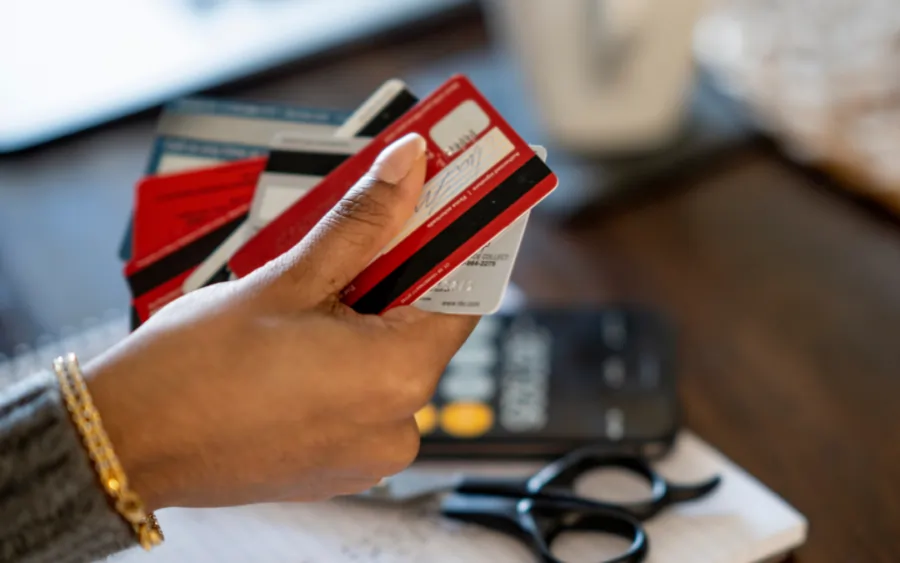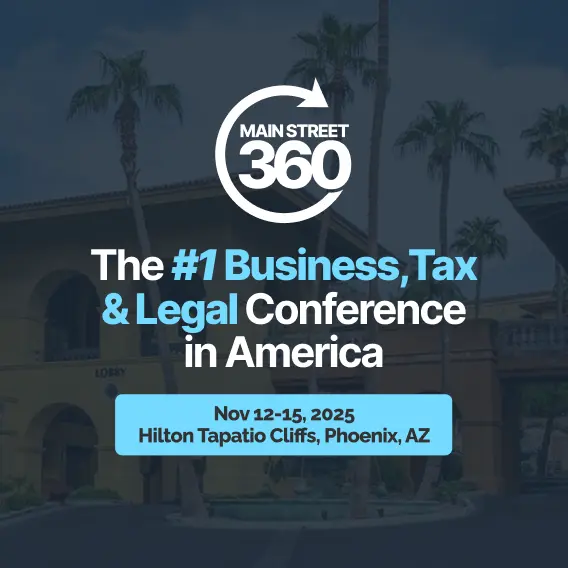Yes, Dave Ramsey is absolutely right in suggesting that more Americans should eliminate all the debt in their lives…but all of it? My answer is emphatically – No! I believe that there are two types of debt: ‘Good debt’ and ‘Bad Debt’. One makes us money, while the other can destroy us financially, or at the least hold us back from our full financial potential and enjoying life.
Thus, I believe we have to enter into some degree of ‘Good Debt’ in order to stay out of ‘Bad debt’. Yes…I know Dave Ramsey would call me crazy, but he’s not all knowing and omnipotent. Allow me to explain my point of view, which certainly includes a Debt Snowball and so much more!!
Step 1: For now, at least make minimum payments on your credit cards. Don’t make your credit score worse by not making your payments on time, or worse yet, no payments at all. We’ll get to the ‘Debt Snowball’ in Step 2, but for right now, just make minimum payments. The reason being is that I too, as Dave Ramsey preaches, want you to create an emergency fund as quickly as possible before starting a plan to eliminate your ‘Bad Debt’.
The number one reason people get into credit card debt, or justify the insanity, is because of unforeseen emergencies. I give Dave Ramsey full credit for bringing this procedure to the forefront for millions of Americans. He is amazing, and he talks about building your emergency fund because life happens, and often times, that’s what ends up on those credit cards. You have got to have an emergency fund. Start with $1000, $5000, etc. – something that makes sense for you based on your economic situation. It could be as low as $500, but have something in an emergency fund so when life hits you, you can go to your emergency fund rather than back onto your credit cards. Again, make minimum payments and build an emergency fund that’s a buffer between you and using those cards again! See this powerful video if you feel that it’s time for a financial intervention in your life:
Step 2: Start a Debt Snowball. This is after you’ve created an emergency fund. Now, this isn’t a program you need to pay for or expensive to implement. It’s something you can easily maintain on your own with an Excel spreadsheet, and if you email me at Mark@markjkohler.com; Subject Line: “Debt Snowball”, I’ll send you an Excel spreadsheet you can use as a template, as well as a little video that goes along with it. The video in the email I’ll send you was recorded by an expert who I trust and admire, Randy Luebke, co-author of my book “The Business Owner’s Guide to Financial Freedom”. He helps many of clients with debt challenges…so I know you’re going to enjoy this material on the Debt Snowball.
If you’ve never heard of this concept before, a “Debt Snowball” begins by making a list of all your debts, amounts, balances and minimum payments. Then, you will start by focusing on the debt with the lowest balance and work your way up from there. You’ll see how it works on the template I send you. You can even study up on this all over the web and you’ll see it’s a very common strategy. Bottom line, you want to get your snowball going as soon as you get your emergency fund set-up and funded.
Step 3: Start creating new revenue. This is where Dave Ramsey and I start to differ in the debt management process. It’s a lot harder to dig yourself out of a hole if all you have is a fixed income. Some of you have a great day job you love, you’ve gone to school for years to get there and you’ve been trained to be an expert, but now all you have is a W-2 with a ‘glass ceiling’. You’ve got to break through that ceiling! How do you do this?
I don’t want you to quit your job, I want you to build a small business on the side, and then use that revenue to get out of debt faster. Once you are out of ‘Bad Debt’, you will use this additional income and the cash flow freed up from the debt you eliminated to start building more wealth for the future. This process and circle of wealth building will ensure you stay out of ‘Bad Debt’. Now, this small business could be selling products on eBay, an Amazon reselling account, or even a service-based business you do in the evenings or weekends. I don’t care! Most importantly do something you are passionate about. I love small business, and you’ve got to develop this aspect of your life! It’s going to bless you for many years to come. I have written my “8 Steps to Start & Grow Your Small Business” Workbook to assist you. You are going to love it, so check it out sometime. It’s not as hard as you think, and there are ways to build that extra revenue. So get on it!
Step 4: Now that you are out of bad debt, all of those credit cards become very helpful. Don’t cut up those credit cards! Keep them and build your credit with those paid off credit cards. Building credit is about keeping open lines of credit and showing the willpower that you don’t run to them every time you have a problem. Moreover, if someone at a department store asks you if you want ‘in store credit’, you will simply say, “No, I have my credit cards in order.” Now strategically, it’s important that you use the credit cards for a small purchase every few months, and immediately thereafter pay off it off. By doing so, you’ll start to see your credit score climb dramatically and we’ll use that credit report in Step 5.
Step 5: Go into debt. That’s right…but “Good debt”. I want you to use good debt to buy rental real estate, start or expand your business, and build additional cash flow. You may even enter into debt for a modest home if you are renting. Many consider a modest auto loan or home loan profitable debt, IF it helps you make money by driving to a job and NOT paying rent to someone else. Now yes, I want you to eventually pay off your car, but it’s not the end of the world if you focus on your emergency reserve funds, as well as a Debt Snowball first. It’s the credit card debt that kills us…not productive debt that builds us wealth!
My recommendation is simply this. Get out of Bad Debt, build reserves, and start using Good Debt to create additional cash flow. With all of those monthly credit card payments gone, and that additional revenue that you are building in Step 3 above, you’ll be able to take your financial and ultimately every other aspect of your life to the next level and better live your American dream.










